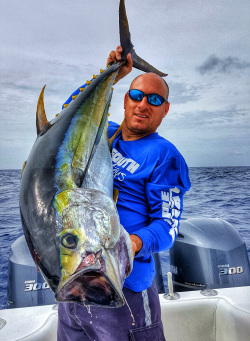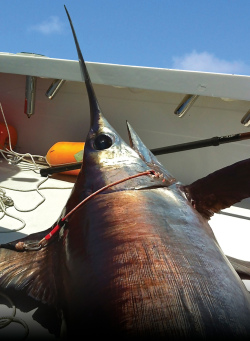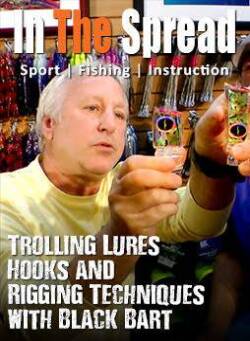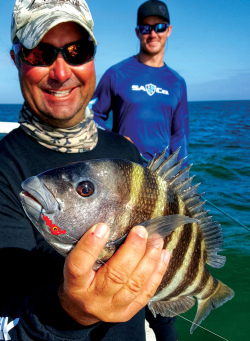Dredge fishing is a popular technique among elite tournament sailfish and marlin teams worldwide. It attracts billfish using various baits like squid teasers, mudflaps, and rigged ballyhoo. This lethal fishing technique requires proper equipment, rigged baits, and proper positioning. Learn from accomplished fishermen to fish smarter and catch more billfish.
Dredge Fishing for Billfish
(03:08:03)
Watch Full Video
View Short Trailer
Instructor:
RJ Boyle
Description
/
Review
/
Instructor
Key Points of Dredge Fishing for Billfish
- Discover the power of dredge fishing for targeting billfish like sailfish, blue marlin, and more
- Learn essential equipment, setup, and techniques from expert anglers
- Explore the best baits, lures, and tackle for dredge fishing success
- Gain invaluable insights from Captain Glenn Cameron and RJ Boyle
Dredge fishing has revolutionized the world of billfish angling, offering a highly effective method for targeting prized species like sailfish, blue marlin, white marlin, and striped marlin. In this comprehensive guide, we'll dive deep into the techniques, equipment, and strategies that can help you master the art of dredge fishing and unlock the secrets to successful billfish angling. Learn everything you need to know about dredges, rigging, baits, required tackle, tactics and a ton more in this comprehensive video featuring a few of the very best fishermen in the world.
Login
to leave a review.
User Reviews
william Doherty
03.04.2021
0

Leonardo Garcia
10.29.2020
0
We Recommend
0




